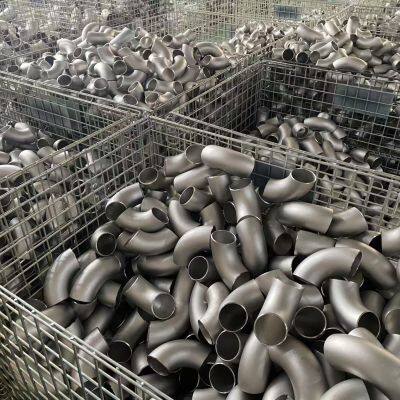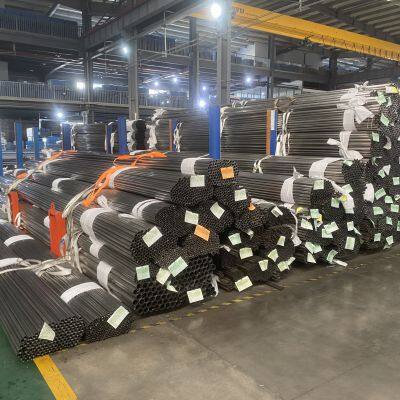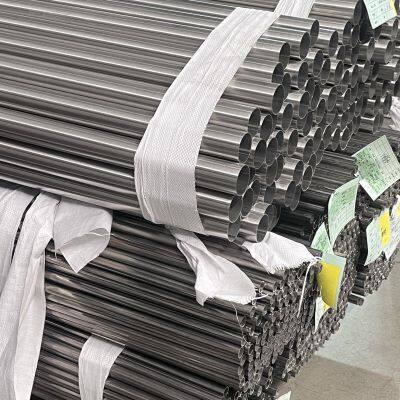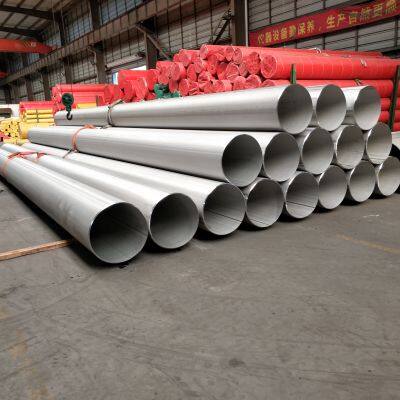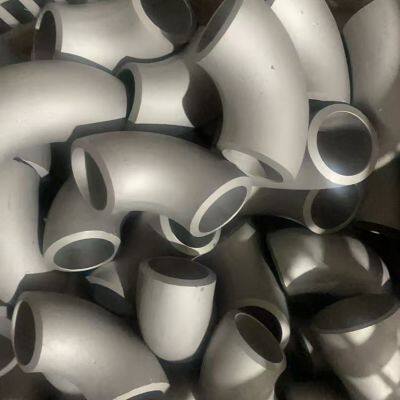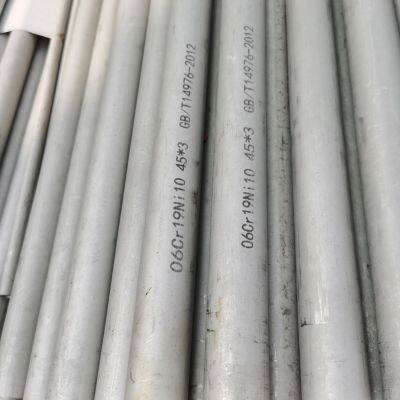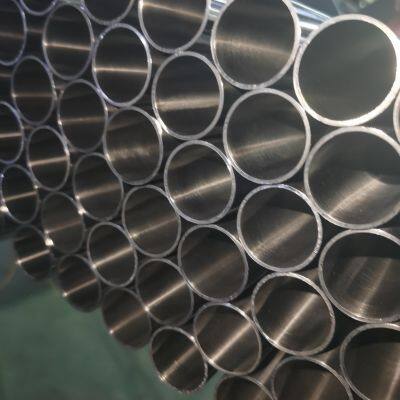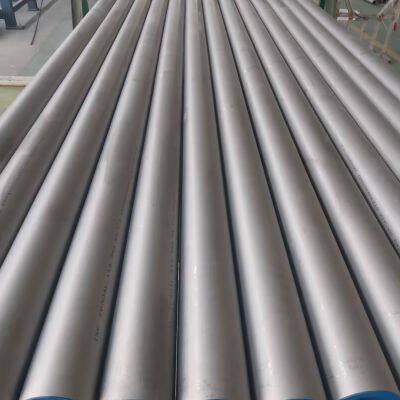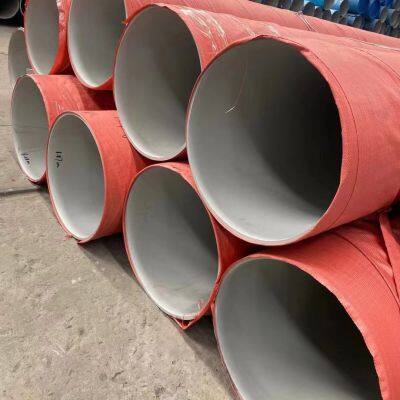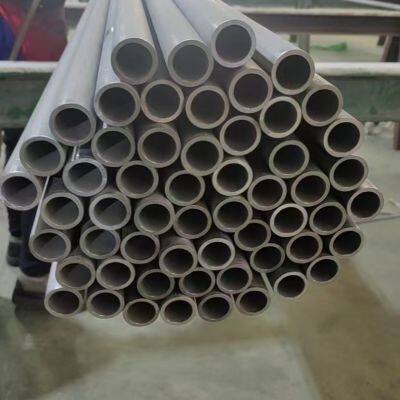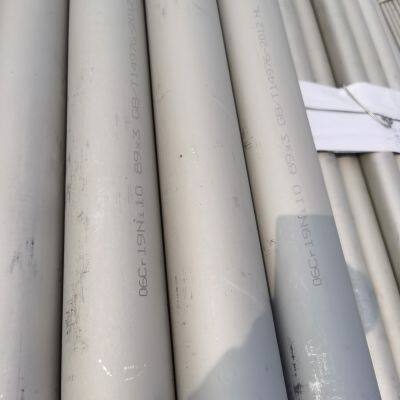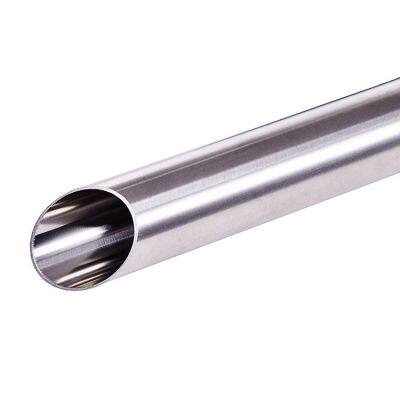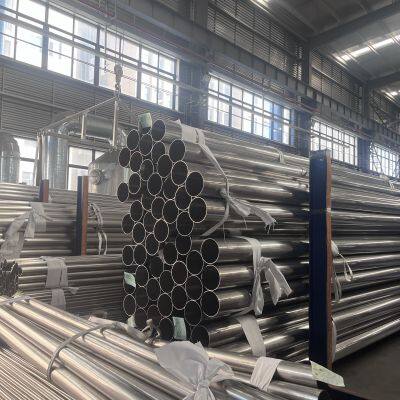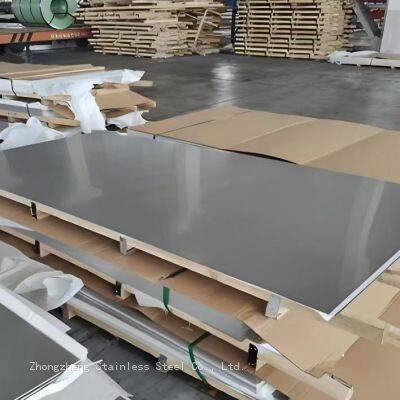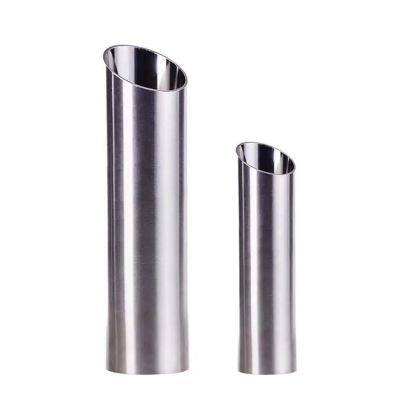Will the degreasing treatment of stainless steel welded pipes affect their performance?
Generally, the degreasing treatment of stainless steel welded pipes does not have a negative impact on their core performance. On the contrary, a reasonable degreasing process can enhance their safety and reliability in use. The following analysis is conducted from the purpose, principle, and specific impact on performance of the degreasing process: 1. Purpose and principle of degreasing: The main purpose of degreasing is to remove contaminants such as grease, lubricants, oil stains, or metal debris that may remain on the surface of stainless steel welded pipes during production (such as rolling, welding, storage, and transportation). This is to avoid the formation of isolation layers by grease in subsequent processing (such as pickling and passivation), which may affect the surface treatment effect. It also meets the requirements of hygiene or corrosion resistance, especially in industries such as food, medicine, and chemical engineering, where grease residues may contaminate the medium or accelerate local corrosion. Common degreasing methods include chemical degreasing, electrochemical degreasing, and ultrasonic degreasing. 2. Specific impact of degreasing on the performance of stainless steel welded pipes: 1. Impact on mechanical properties (strength, toughness, etc.): There is no significant impact. Degreasing mainly acts on the surface of the pipe (a few microns to tens of microns in thickness), while the mechanical properties of stainless steel are determined by the base material and internal structure (such as austenitic or ferritic structure). As long as the degreasing temperature (usually ≤ 80℃) and time (several minutes to tens of minutes) are properly controlled, it will not cause changes in the base material structure or grain coarsening, and thus the tensile strength, yield strength, and elongation will not be affected. 2. Impact on corrosion resistance: The positive effect is dominant. Grease residues may create a "crevice corrosion" environment (where electrolytes tend to accumulate at the contact point between grease and air or medium), and degreasing makes the surface cleaner, reducing the risk of local corrosion. Degreasing is often a pre-treatment step before passivation. After removing the oil stains, the passivation film (Cr₂O₃) can cover the surface more evenly, enhancing the overall corrosion resistance. Note: If the degreasing agent is not thoroughly washed off (such as incomplete rinsing of alkaline solutions), it may cause electrochemical corrosion in a humid environment. Therefore, it is necessary to ensure that the subsequent water washing or neutralization steps are in place. 3. Impact on surface quality and function: Surface finish: After degreasing, there is no oil stain residue on the surface, and the surface finish is improved, especially suitable for applications requiring mirror polishing or coating. Hygiene performance: In food-grade and medical-grade applications, degreasing is a key step to meet the requirements of "no residue and easy cleaning", avoiding grease from becoming a breeding ground for bacteria. Welding compatibility: If the welded pipe needs to be welded again, surface grease may cause defects such as weld porosity and cracks. Degreasing can improve the welding quality. 3. Potential risks and control measures that may affect performance: 1. Potential risks: Over-corrosion: If the concentration of the degreasing agent is too high or the treatment time is too long, it may cause "over-corrosion" on the surface of stainless steel, damaging the passivation film and reducing corrosion resistance. Stress corrosion: If the current density is not properly controlled during electrochemical degreasing, it may introduce additional stress, increasing the risk of stress corrosion cracking in specific media (such as environments containing chloride ions). 2. Control measures: Standardize the process: Select the appropriate degreasing agent formula and process parameters (such as temperature, time, and concentration) based on the material of the pipe (such as 304, 316L) and thickness. Post-treatment cleaning: Thoroughly rinse with deionized water after degreasing, and perform neutralization treatment if necessary (such as neutralizing alkaline residues with dilute nitric acid). Quality Inspection: Ensure the degreasing effect by visual inspection (no oil stains on the surface), water film continuity test (uniform water adhesion without breaks), or grease residue detection (such as infrared spectroscopy analysis).
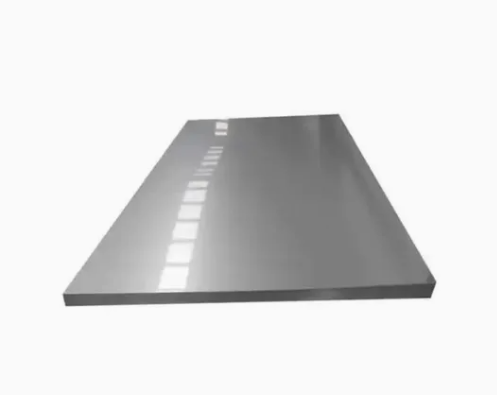
Industry Applications and Standard Requirements
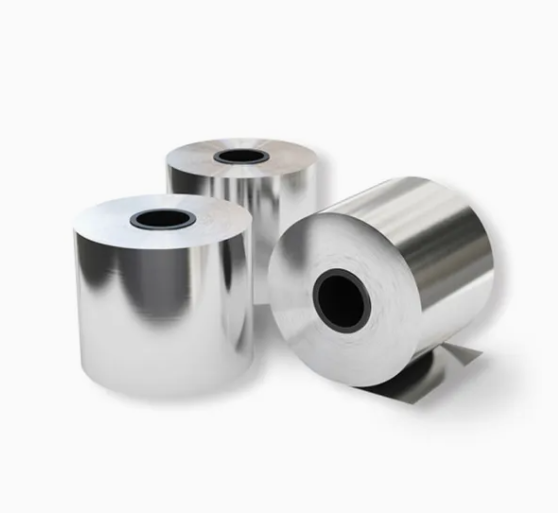
Application Scenarios: Degreased stainless steel welded pipes are widely used in food and beverage pipelines, medical equipment, chemical corrosion-resistant pipelines, high-purity gas transmission, and other fields, and must comply with industry standards such as FDA, 3A, and GMP.
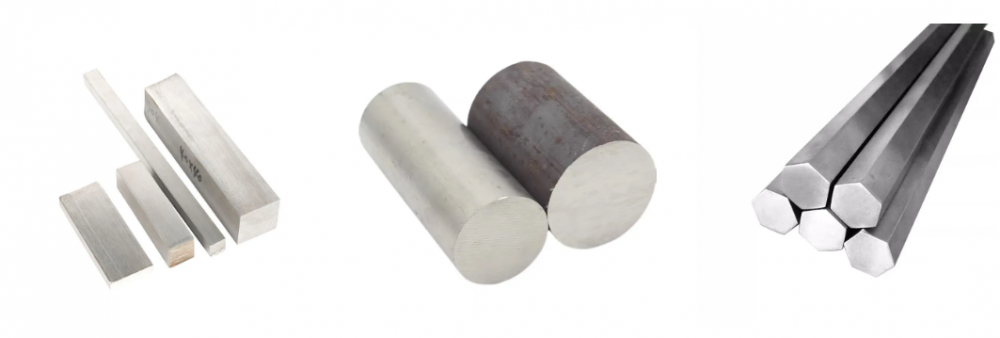
Standard Requirements: For instance, food-grade pipelines require grease residue ≤ 50mg/m², while medical-grade may require ≤ 10mg/m². Degreasing treatment must pass third-party testing and certification.
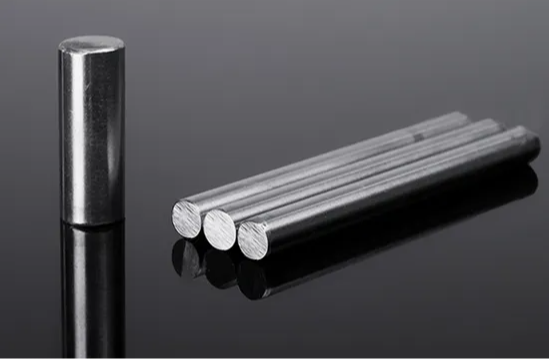
Summary: Degreasing treatment is a necessary process for stainless steel welded pipes to enhance surface cleanliness and meet high hygiene or corrosion resistance requirements. A standardized degreasing process does not harm the mechanical properties or corrosion resistance of the pipe material but instead optimizes its performance. The key lies in controlling degreasing process parameters to avoid over-treatment or residue, and ensuring quality through subsequent cleaning and inspection. If there are doubts about specific materials or application scenarios, refer to industry standards (such as ASTM A269, GB/T 12771) or consult suppliers for process validation data.
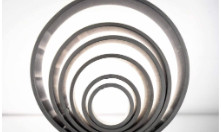
Recently Posted
-
What are the advantages of double-clamp stainless steel drinking water pipe fittings
January 6, 2026What are the advantages of double-clamp stainless steel drinking water pipe fittings? 1. Suitable for various media: The stai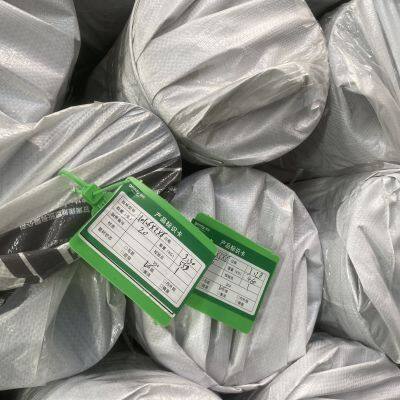 Read More
Read More -
304 stainless steel pipe, steam gas pipeline, mixed gas pipeline
January 6, 2026The 304 stainless steel pipe is suitable for steam pipelines and gas mixture pipelines. The 304 stainless steel materia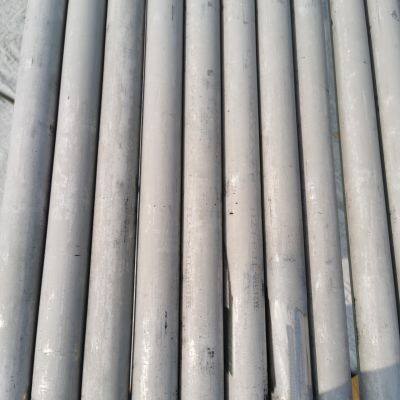 Read More
Read More -
What are the differences between 304 and 202 stainless steel pipes
January 6, 2026The main differences between 304 and 202 stainless steel pipes lie in their chemical composition, physical properties, corrosion r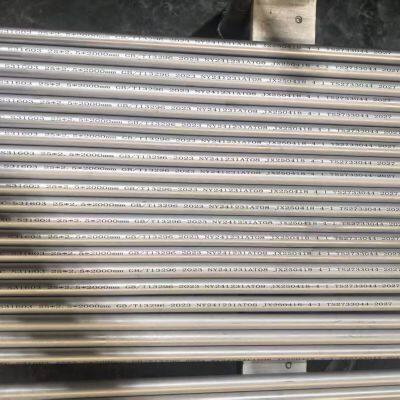 Read More
Read More -
The five common methods of connecting stainless steel water pipes
January 6, 2026Different methods of installing stainless steel water pipes The installation methods of stainless steel water pipes var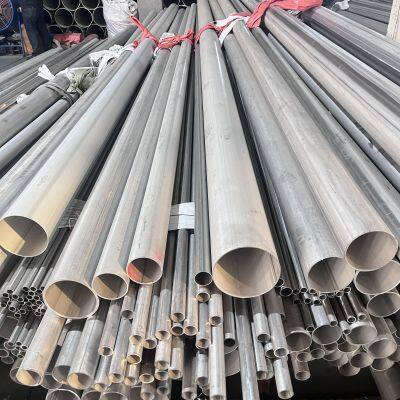 Read More
Read More



